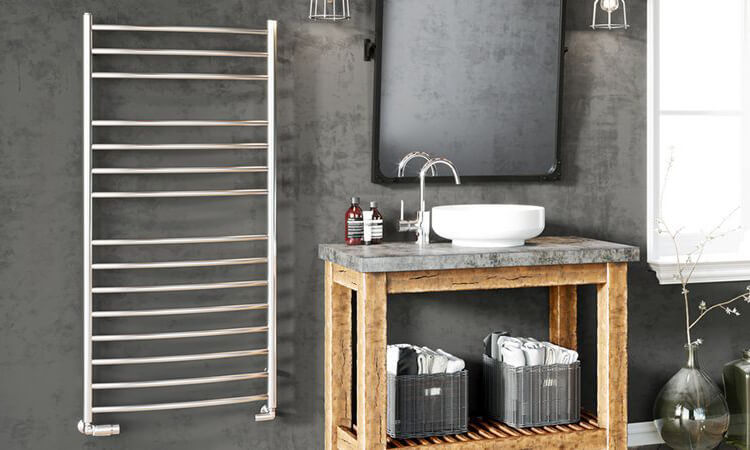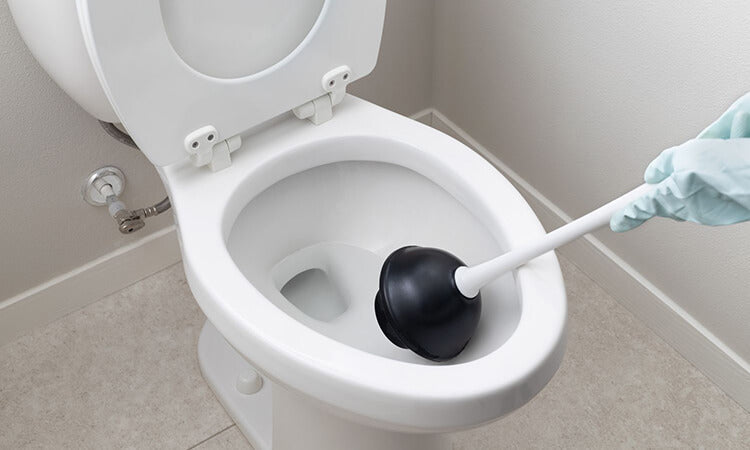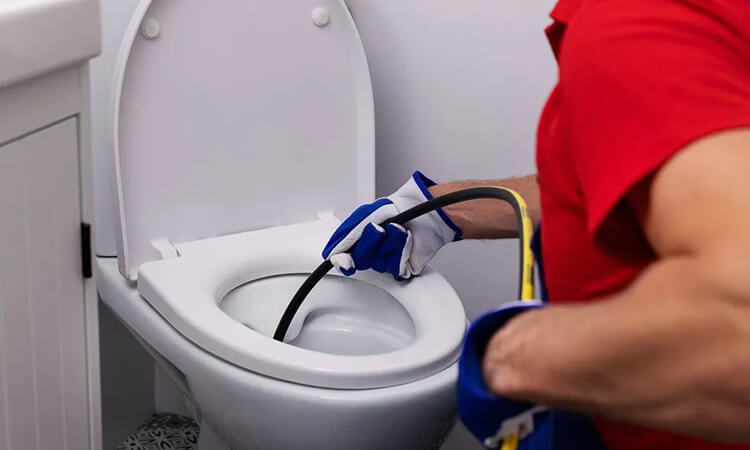People often overlook small details that seem insignificant—like whether a towel dries properly. If a towel stays damp overnight after use, it can easily develop odors and breed bacteria, which may eventually affect your skin health.
Fortunately, towel warmers have become a practical solution. They quickly dry towels, prevent bacterial growth, and add a touch of warmth in winter—making your bathroom experience more comfortable overall.
Currently, towel warmers are generally categorized into two types based on their heating method: hydronic and electric. In this article, Giving Tree Home will compare the two in detail—from installation methods to long-term operating costs—to help you choose the best towel-warming solution for your home.
What Is a Hydronic Towel Warmer
A hydronic towel warmer works much like a compact radiator mounted on your bathroom wall.
Hot water circulates through internal pipes, distributing heat evenly throughout the towel rack to keep towels dry and warm.
- Heat Source: Your home’s hot water system (e.g., boiler, central heating, or solar heating)
- Heating Method: Hot water circulation → Warm pipes → Radiant heat across the rack

What Is an Electric Towel Warmer
Electric towel warmers are more straightforward: plug them in, and they heat up.
Electric heating elements inside the unit convert electricity into heat, which is then transferred to the metal frame to dry towels quickly.
- Power Source: Plug-in or hardwired electrical connection
- Heating Method: Heating wire/tube → Conductive heat across the rack

Side-by-Side Comparison
To help you clearly understand the differences between hydronic and electric towel warmers, here is a detailed comparison across multiple features:
| Comparison Category | Hydronic Towel Warmer | Electric Towel Warmer |
|---|---|---|
| Installation Difficulty | High — requires plumbing modifications and professional installation; may involve reworking bathroom piping and can disrupt existing décor | Low — plug-and-play; only requires a suitable outlet; no need to alter plumbing or damage existing finishes |
| Operating Cost | Low — uses your home’s hot water system; especially cost-efficient if powered by central heating or solar | Higher — relies solely on electricity; energy bills can add up over time |
| Heating Speed | Slow — requires water circulation; typically 30–60 minutes to fully heat but provides consistent, even warmth | Fast — noticeable heating in 5–15 minutes; may have temperature differences between sections |
| Lifespan | Long — simple internal structure with fewer electronics; generally lasts 10+ years if the hot water system runs well | Medium — heating components degrade over time; typical lifespan 5–8 years |
| Design Flexibility | Limited by plumbing layout; shape and placement options may be restricted | Very flexible — wide variety of shapes, colors, and styles; easier to match interior design |
Ending
In summary:
- Hydronic towel warmers are more energy-efficient and durable over long-term use, but they require costly and complex installation.
- Electric towel warmers are versatile, easy to install, and ideal for most households.
So, if your bathroom is already fully renovated or you want a hassle-free upgrade:
✅ Electric towel warmer = more budget-friendly and convenient
But if you are currently remodeling and can plan plumbing in advance:
- Focus on long-term energy savings & stability → Choose hydronic
- Prefer flexibility in style & installation → Choose electric





